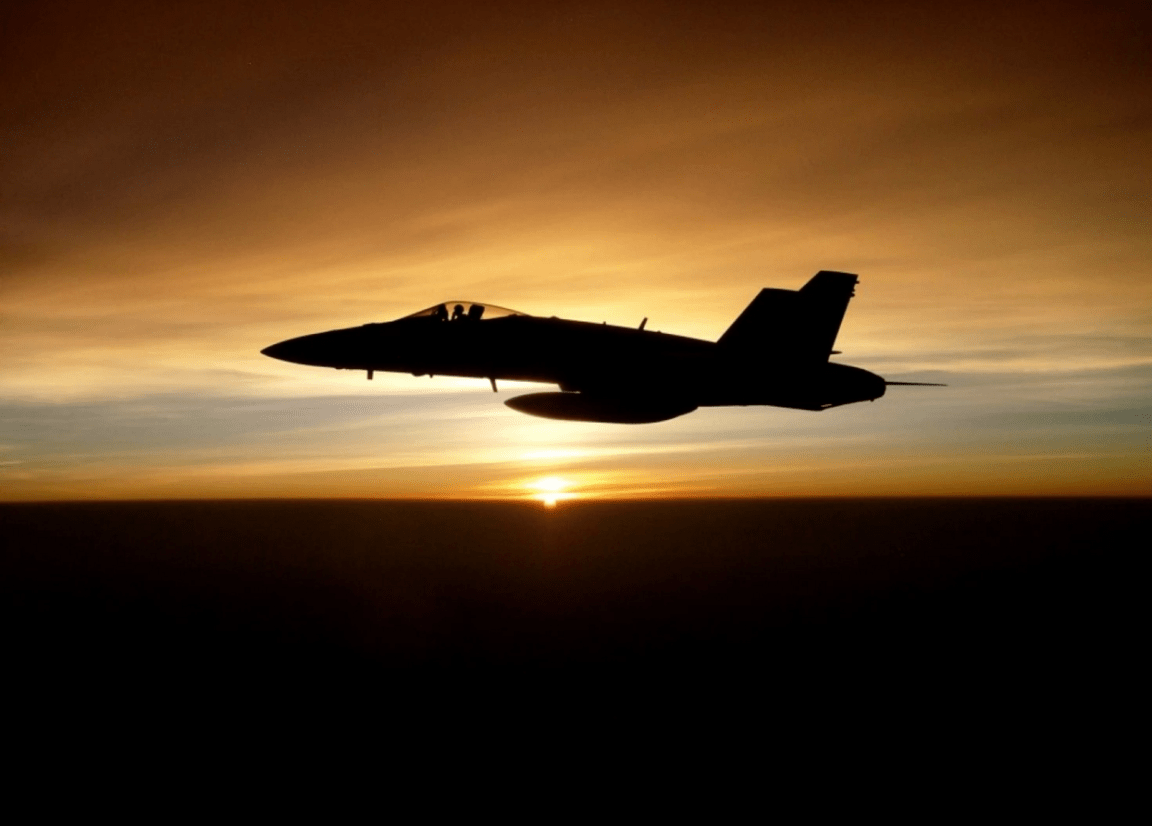
Military Drone Swarms
The Pentagon has declassified a video showing an F-16 fighter jet releasing micro-drones while flying at 692 km/h (430 mph). This footage was taken last summer in Alaska while the Pentagon was conducting secret tests on the new prototypes.
These micro-drones can be launched from a fighter jet’s flare dispensers. They come encased in canisters that parachute to the ground after launching. The canisters then break open, releasing the drones which then come together to form a swarm.
The test flight was conducted by a secretive Pentagon organization called the Strategic Capabilities Office, which launched in the summer of 2012 with a directive to develop technologies to counter strategic threats posed by other nations.
The Pentagon has yet to say what these drone swarms will be used for, but it’s suggested that they could be a cheap way to undertake surveillance missions.
You can see some of the footage below:
The Strategic Capabilities Office
The organization has been working in secret since its founding, its activities only recently disclosed to the American public after Defense Secretary Ashton B. Carter unveiled its existence during a preview of his proposed budget for 2017, which detailed a $902 million funding plan for the SCO.
This disclosure had some at the Pentagon concerned, but SCO Director William Roper said that Secretary Carter sought clearance to reveal some of the classified information in an effort make a statement to potential adversaries.
“I have been in the classified, black world for my whole career, so all of this is new for me and I really wish I could go back,” said Roper, who had worked in missile defense. “You can’t win wars if everything is outside the doors, but you can’t deter wars if everything is behind
Avatar
Another new project by SCO is called Avatar, and it involves taking fifth-generation fighter jets and pairing them with pilot-less versions of their older fighters. “There will be a lot of questions on safety, on reliability of the links between the planes,” says the Secretary.
All of these things have to be resolved. Bringing up that point is exactly what we try to infuse in the folks in our office. If there’s a question where you say, ‘Oh, we can worry about that later…’ Nope, we’re going to worry about that now.”